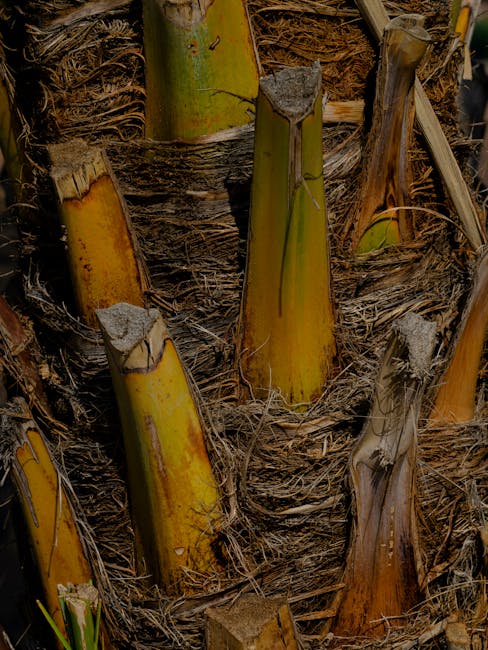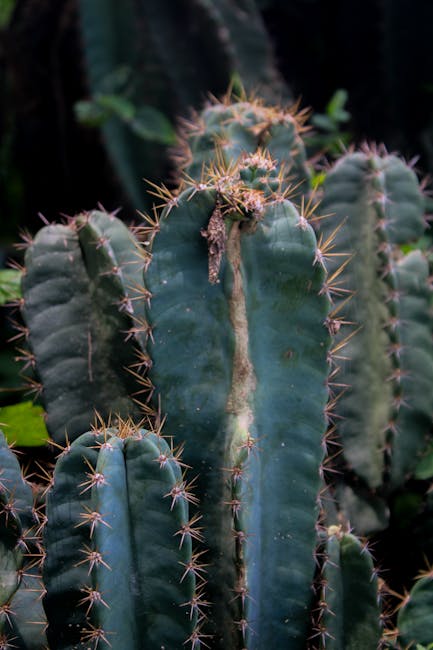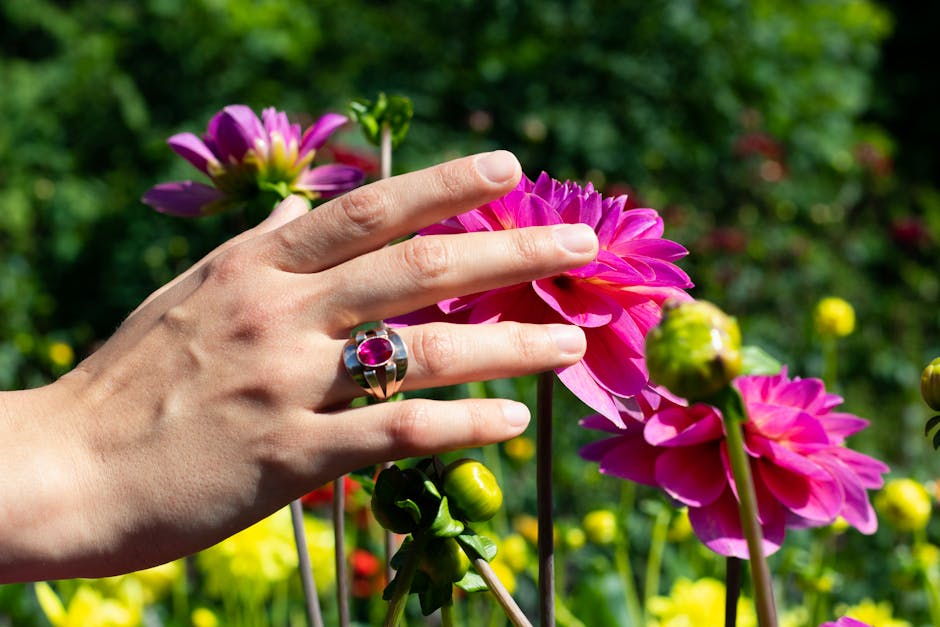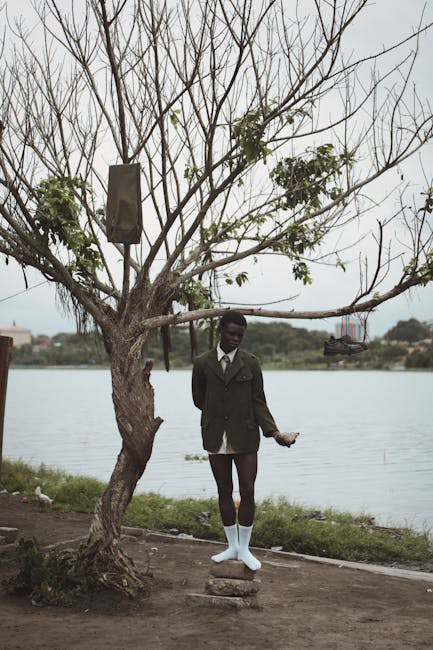George Brown Darwin Botanic Gardens: A Tropical Eden

George Brown Darwin Botanic Gardens: A Tropical Eden
Hey there, fellow plant lover! Let me tell you about a place that completely stole my heart: the George Brown Darwin Botanic Gardens. If you're ever lucky enough to find yourself in Darwin, Australia, this place is an absolute must-see. It's so much more than just a garden; it's a vibrant, breathing testament to the resilience and beauty of tropical flora, particularly in a region that knows how to weather a storm (literally!).
My First Encounter: A Sensory Overload

I remember walking through the gates for the first time, completely unprepared for the explosion of colours and fragrances. The air was thick with humidity, and the sounds of exotic birds filled the air. It was a full-on sensory overload in the best possible way. I'd visited botanic gardens before, but nothing quite like this. This felt… wilder, more untamed, yet meticulously curated all at once.
I was immediately struck by the sheer diversity of plant life. Towering palms swayed gently in the breeze, their fronds casting dappled shadows on the ground. Brightly coloured orchids clung to tree trunks, their delicate petals a vibrant contrast against the rough bark. And everywhere I looked, there were strange and wonderful plants I'd never seen before. It felt like stepping into a living painting.
A Garden Born of Resilience

What makes the George Brown Darwin Botanic Gardens so special isn't just its beauty, but also its history. The gardens have been through a lot, including cyclones and even wartime bombing. It's a testament to the dedication of the people who have cared for it over the years, and to the inherent strength of the tropical flora that thrives there. Knowing this history really adds another layer of appreciation as you wander through.
The gardens were initially established in 1886, but were almost completely destroyed by cyclones on several occasions. The most devastating was Cyclone Tracy in 1974, which flattened much of Darwin. Rebuilding the gardens after such a catastrophe was a monumental task, but it was a labour of love for many. And that love shines through in every carefully tended plant and meticulously designed landscape.
Exploring the Diverse Collections

The gardens are divided into several distinct collections, each showcasing a different aspect of tropical flora. It's easy to spend a whole day exploring, and I highly recommend dedicating at least a few hours to really soak it all in. Here are a few of my favourite areas:
- The Rainforest Gully: This area is a lush, verdant oasis, complete with a cascading waterfall. It feels like stepping into a hidden world, with towering trees, dense undergrowth, and the constant sound of dripping water. The humidity here is palpable, and it's a refreshing escape from the Darwin heat. I particularly loved spotting the various ferns and mosses that thrive in this damp environment.
- The Monsoon Forest: This section showcases the unique vegetation of the monsoon region, with plants adapted to survive both the wet and dry seasons. You'll find fascinating adaptations, such as trees with buttress roots for stability and plants that store water in their leaves and stems. Walking through the Monsoon Forest, you really get a sense of the challenges and triumphs of survival in this climate.
- The Mangrove Boardwalk: This is a must-see! The boardwalk takes you through a genuine mangrove ecosystem. You can observe the fascinating adaptations of mangrove trees, such as their aerial roots, which help them breathe in the oxygen-poor mud. It's also a great place to spot wildlife, including mud crabs, birds, and even the occasional crocodile (keep your eyes peeled!).
- The Orchid Display: Oh, the orchids! This area is an explosion of colour and beauty. The sheer variety of orchids is mind-boggling, from the delicate and dainty to the bold and extravagant. The collection includes native Australian orchids as well as species from all over the world. The fragrances are intoxicating, and it's a photographer's dream.
- The Palm Collection: Towering palms, short palms, fat palms, thin palms… you name it, they probably have it. The sheer variety of palm species is truly impressive. It's fascinating to see how these iconic tropical plants have adapted to different environments and climates. The Palm Collection provides a real sense of the scale and majesty of tropical flora.
The Jewels of the Gardens: Some Standout Plants

While the entire garden is amazing, some plants just really grabbed my attention. Here are a few that I'll never forget:
- The Giant Water Lilies (Victoria amazonica): These are truly spectacular! The pads are enormous, capable of supporting the weight of a small child (though, please don't try!). Seeing these massive lilies floating serenely on the water is a truly unforgettable experience. I felt like I was in a fairy tale!
- The Cannonball Tree (Couroupita guianensis): This tree is a real showstopper. It gets its name from the large, round fruits that hang from its trunk. The flowers are also incredibly beautiful, with intricate patterns and a strong, sweet fragrance. Just be careful not to stand directly underneath the tree, as the fruits can be quite heavy!
- The Walking Stick Palm (Linospadix minor): I found this one particularly charming. It's a slender palm with a single stem, resembling a walking stick. It's a relatively small palm, but its elegant simplicity makes it stand out. It's a great example of how beauty can be found in the understated.
- The Rainbow Eucalyptus (Eucalyptus deglupta): Okay, technically this isn't exclusively tropical, but the specimens in the gardens are truly impressive. This tree is famous for its colourful bark, which peels off in strips to reveal layers of green, blue, orange, and purple. It's like a living work of art! It's a great reminder of the incredible diversity within the Eucalyptus genus.
More Than Just Plants: Wildlife Encounters

The gardens aren't just a haven for plants; they're also a sanctuary for wildlife. Keep your eyes peeled, and you might spot some of the local residents.
I saw countless birds, from colourful parrots and cockatoos to tiny honeyeaters flitting among the flowers. The sound of birdsong is a constant backdrop to the gardens, adding to the overall sense of tranquility. There are also plenty of lizards scurrying around, and if you're lucky, you might even spot a snake (don't worry, they're usually more scared of you than you are of them!).
I even saw a large monitor lizard sunning itself on a rock near the mangrove boardwalk. It was an incredible sight, and a reminder of the wildness that still exists in this urban oasis. And of course, keep an eye out in the mangrove area for the potential sighting of a crocodile! While they aren't common, they are part of the natural ecosystem.
Learning and Conservation

The George Brown Darwin Botanic Gardens isn't just a pretty place; it's also an important centre for education and conservation. The gardens play a vital role in preserving and studying tropical flora, and in educating the public about the importance of biodiversity.
They have various programs and initiatives aimed at protecting endangered plant species and promoting sustainable gardening practices. They also offer educational programs for schools and community groups, teaching people about the unique flora and fauna of the Northern Territory. It's inspiring to see a place dedicated to both beauty and preservation.
Tips for Your Visit

Planning a visit to the George Brown Darwin Botanic Gardens? Here are a few tips to make the most of your experience:
- Wear comfortable shoes: You'll be doing a lot of walking! The gardens are quite extensive, and you'll want to be comfortable as you explore.
- Bring sunscreen and a hat: The Darwin sun can be intense, so protect yourself from the rays.
- Stay hydrated: It's hot and humid, so drink plenty of water. There are water fountains located throughout the gardens.
- Allow plenty of time: As I mentioned before, you could easily spend a whole day exploring the gardens. Don't rush – take your time and soak it all in.
- Consider a guided tour: A guided tour can provide valuable insights into the history, flora, and fauna of the gardens.
- Check the event calendar: The gardens often host events such as concerts, workshops, and exhibitions. Check the calendar before your visit to see if anything is happening that interests you.
- Don't forget your camera! You'll want to capture the beauty of the gardens.
The George Brown Darwin Botanic Gardens and the Local Community

The George Brown Darwin Botanic Gardens serves a vital role in the local community. It's a place for relaxation, recreation, and connection with nature. It's a popular spot for picnics, weddings, and other events.
The gardens also provide a valuable green space in the heart of the city, helping to improve air quality and reduce the urban heat island effect. It's a place where people can escape the hustle and bustle of city life and reconnect with the natural world. The sense of community and shared ownership is really palpable when you visit.
The Future of the Gardens

The George Brown Darwin Botanic Gardens continues to evolve and grow, with ongoing efforts to expand the collections, improve the facilities, and enhance the visitor experience. They are constantly working to preserve and protect the unique flora of the region, and to educate the public about the importance of biodiversity.
One of the exciting developments is the ongoing research into the impact of climate change on tropical flora. The gardens are playing a vital role in understanding how plants are responding to changing temperatures and rainfall patterns, and in developing strategies to mitigate the effects of climate change. This research is crucial for ensuring the long-term survival of these precious ecosystems.
Beyond the Botanic Gardens: Exploring Darwin's Natural Wonders

While the George Brown Darwin Botanic Gardens is a must-see, it's just the beginning of exploring Darwin's natural wonders. The Northern Territory is home to some of the most spectacular landscapes in Australia, from ancient rainforests to dramatic waterfalls to vast wetlands teeming with wildlife.
Here are a few other places you might want to visit:
- Kakadu National Park: This World Heritage-listed park is home to ancient Aboriginal rock art, stunning waterfalls, and diverse wildlife.
- Litchfield National Park: Known for its magnetic termite mounds and refreshing swimming holes.
- Berry Springs Nature Park: A great spot for a swim and a picnic.
- Crocosaurus Cove: If you're feeling brave, you can swim with crocodiles!
Final Thoughts: A Lasting Impression

My visit to the George Brown Darwin Botanic Gardens left a lasting impression on me. It was more than just a sightseeing trip; it was an immersive experience that awakened my senses and deepened my appreciation for the beauty and resilience of tropical flora. I left feeling inspired, refreshed, and with a renewed commitment to protecting our planet's biodiversity.
If you're looking for a truly unique and unforgettable experience, I highly recommend adding the George Brown Darwin Botanic Gardens to your travel itinerary. It's a place that will stay with you long after you've left, and a reminder of the incredible power and beauty of the natural world. Go, explore, and let the tropical magic embrace you!
So, have you been to Darwin? Or are you planning a trip? I'd love to hear your thoughts and experiences! Let me know in the comments below.
Post a Comment